Home>Dining>Table Decor>How To Store Table Runners
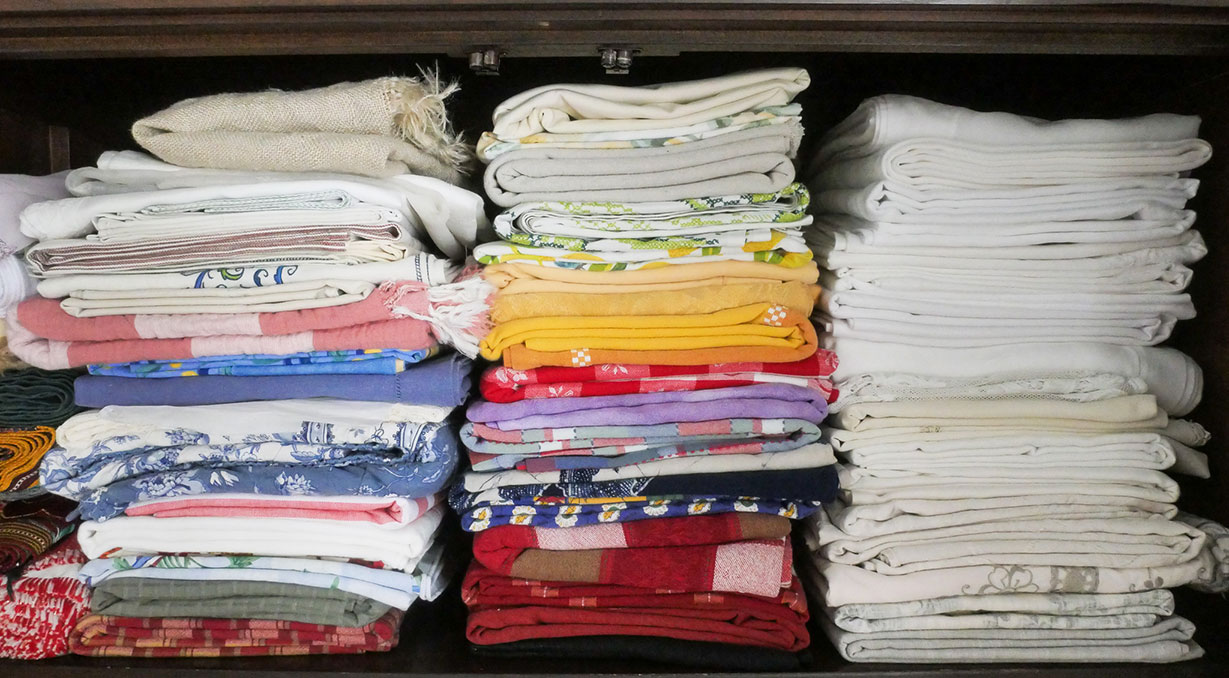

Table Decor
How To Store Table Runners
Modified: February 24, 2024
Learn the best ways to store your table runners and keep them in perfect condition. Find out how to properly care for your table decor with our helpful guide.
(Many of the links in this article redirect to a specific reviewed product. Your purchase of these products through affiliate links helps to generate commission for Storables.com, at no extra cost. Learn more)
Introduction
Table runners are a versatile and stylish addition to any dining table or surface. They add a touch of elegance and can transform your dining experience. However, when it comes to storing table runners, it’s important to take proper care to ensure their longevity and preserve their beauty.
Table runners come in various materials such as cotton, linen, silk, or synthetic fibers, each requiring different storage methods to maintain their quality. In this article, we will explore different ways to store table runners effectively, keeping them protected from dust, wrinkles, and damage.
By selecting the appropriate storage method and following a few simple steps, you can ensure that your table runners remain in pristine condition, ready for your next dinner party or special occasion.
Key Takeaways:
- Proper storage methods for table runners, such as using drawers, hanging in closets, or rolling in baskets, can preserve their beauty and protect them from dust and damage.
- Utilizing acid-free tissue paper for wrapping table runners provides an extra layer of protection, safeguarding them from dust, moisture, and color fading for long-term preservation.
Choosing the Right Storage Method
Before diving into the specific storage techniques, it’s essential to consider a few factors when choosing the right storage method for your table runners:
- Material: Different materials require different storage approaches. For example, delicate fabrics like silk may need extra care to prevent wrinkling, while cotton or linen table runners may be more forgiving.
- Space: Evaluate the available storage space in your home. Consider factors like closet space, drawer availability, or the ability to repurpose decorative storage boxes.
- Frequency of use: If you use your table runners frequently, opt for storage methods that provide easy access and allow quick retrieval without causing any damage.
- Long-term or short-term storage: If you need to store your table runners for an extended period, you may want to prioritize protection from dust, sunlight, and pests.
By keeping these factors in mind, you’ll be better equipped to choose the right storage method that best suits your specific needs. Let’s explore some popular storage options for table runners.
Storing Table Runners in Drawers
One of the most common and practical ways to store table runners is by utilizing drawers. Here’s a step-by-step guide on how to store table runners in drawers:
- Clean and prepare the table runners: Make sure your table runners are clean and free of any stains or spills. If necessary, spot clean or launder them before storing.
- Fold the table runners: Begin by folding the table runners neatly. One common folding method is to fold the runner in half lengthwise and then fold it again into thirds or quarters, depending on the size of the drawer.
- Arrange the table runners in the drawer: Place the folded table runners in the drawer, making sure to arrange them in a way that maximizes the use of space. You can stack them horizontally or vertically, depending on the depth of the drawer.
- Separate with tissue paper: To prevent the table runners from rubbing against each other and potentially causing damage, place a sheet of acid-free tissue paper between each folded runner.
- Label and organize: Consider labeling the drawers to easily identify the table runners. This will make it convenient to select the desired runner when needed without unfolding multiple pieces.
Storing table runners in drawers not only keeps them protected from dust and sunlight but also provides a clutter-free solution. Additionally, drawers are easily accessible, allowing you to quickly retrieve the table runner of your choice.
Hanging Table Runners in a Closet
If you have a spacious closet or wardrobe, hanging your table runners can be an excellent storage option. Here’s a simple guide on how to hang table runners in a closet:
- Clean and prepare the table runners: Before hanging, ensure that your table runners are clean and free from any stains or spills by spot treating or laundering them.
- Choose suitable hangers: Select hangers that are wide and padded to prevent creases or marks on the table runners. You can use clamp-style hangers or velvet hangers that have a non-slip surface to keep the runners in place.
- Hang the table runners: Carefully drape the table runners over the chosen hangers, ensuring they are evenly spread out and not bunched up. Avoid overcrowding the hangers to prevent any unnecessary wrinkles.
- Organize by length or color: Group the table runners by length or color to make it easier to locate the desired runner when needed. You can use labels or dividers to create designated sections for each category.
- Protect with garment bags: Consider storing the table runners in transparent garment bags to provide an extra layer of protection against dust and potential snags from other clothing items.
Hanging table runners in a closet not only keeps them organized and easily accessible, but also minimizes the risk of creasing or wrinkling. This storage method is particularly beneficial for longer table runners that require extra care to maintain their pristine appearance.
Store table runners by rolling them up instead of folding to prevent creases and wrinkles. Place them in a clear, airtight container to protect from dust and moisture. Store in a cool, dry place.
Rolling and Storing Table Runners in Baskets
If you prefer a more decorative storage solution, rolling and storing table runners in baskets can be a practical and aesthetically pleasing option. Follow these steps to store table runners in baskets:
- Clean and prepare the table runners: Ensure that your table runners are clean and free from any stains or spills by spot treating or laundering them.
- Roll the table runners: Lay the table runner flat on a clean surface and gently roll it tightly from one end to the other. Be cautious not to stretch or wrinkle the fabric during the rolling process.
- Select suitable baskets: Choose baskets that are spacious enough to accommodate the rolled table runners without causing any unnecessary bending or folding. Look for baskets made from natural fibers like seagrass or rattan to add a rustic touch.
- Arrange the rolled table runners: Place the rolled table runners in the baskets, arranging them in an upright position. You can organize them by color, pattern, or length to create a visually appealing display.
- Store in a suitable location: Find a suitable location for the baskets, ensuring that they are protected from direct sunlight or high humidity. Consider displaying the baskets on open shelves or in a dedicated storage area for easy access.
Rolling and storing table runners in baskets not only keeps them organized, but also adds a decorative touch to your living space. It’s an ideal storage method if you enjoy showcasing your collection of table runners as a part of your home decor.
Read more: How To Get Grass Stains Out Of Tennis Shoes
Using Decorative Boxes for Table Runner Storage
If you want to store your table runners in a stylish and functional way, using decorative boxes is an excellent option. Here’s a step-by-step guide on how to store table runners using decorative boxes:
- Choose suitable boxes: Look for decorative boxes that are sturdy and spacious enough to accommodate your table runners. Opt for ones made from durable materials such as wood, metal, or sturdy cardboard.
- Clean and prepare the table runners: Before storing, make sure your table runners are clean and free from any stains or spills.
- Fold the table runners: Fold the table runners neatly. You can use the same folding method mentioned earlier, folding them in half lengthwise and then into thirds or quarters, depending on the size of the box.
- Place the table runners in the boxes: Arrange the folded table runners in the boxes, laying them flat or stacking them vertically, depending on the depth of the box. Make sure to leave enough space between each runner to prevent excessive wrinkles.
- Add dividers or separators: Consider using dividers or separators inside the box to keep the table runners separate and prevent them from shifting or becoming tangled.
- Secure the boxes: Close the lids of the decorative boxes securely to protect the table runners from dust and light. You can add decorative labels or tags to easily identify the contents of each box.
- Store in a suitable location: Find a suitable location for the decorative boxes, ensuring they are not exposed to excessive heat or moisture. Consider displaying them on a shelf or in a storage cabinet to add a stylish touch to your living space.
Using decorative boxes not only keeps your table runners organized and protected, but also adds a decorative element to your storage solution. The boxes can complement your home decor while functioning as a practical storage option for your cherished table runners.
Wrapping and Protecting Table Runners with Acid-Free Tissue Paper
To provide an extra layer of protection and prevent damage to your table runners, wrapping them with acid-free tissue paper is a smart choice. Follow these steps to wrap and protect your table runners:
- Gather the necessary materials: Acquire acid-free tissue paper, which is specifically designed to protect delicate fabrics and prevent discoloration or degradation over time.
- Clean and prepare the table runners: Ensure that your table runners are clean and free from any stains or spills before wrapping them to prevent dirt or particles from being trapped inside.
- Unroll the acid-free tissue paper: Lay a sheet of acid-free tissue paper on a clean and flat surface. The sheet should be large enough to fully wrap the table runner without any gaps.
- Place the table runner on the tissue paper: Center the table runner on top of the tissue paper, making sure it is positioned neatly and flatly.
- Wrap the table runner: Start by folding one side of the tissue paper over the table runner, ensuring it covers the entire length. Then fold the other side of the tissue paper in the same manner, making sure the table runner is fully enveloped in the tissue paper.
- Secure the wrapping: Use tape or ribbon to secure the ends of the tissue paper, ensuring that it stays tightly wrapped around the table runner.
- Label if necessary: Consider adding a label or tag to the wrapped table runner, indicating its color, pattern, or any other relevant information. This will make it easier to identify the runner without unwrapping it.
- Store in a suitable location: Once wrapped, store the table runners in a clean and dry area, away from direct sunlight, heat, or moisture. Ideally, they should be placed in a storage container or a dedicated drawer to provide additional protection.
Wrapping your table runners with acid-free tissue paper helps to preserve their color, texture, and overall quality. It acts as a barrier against dust, moisture, and sunlight, ensuring that your table runners remain in excellent condition for years to come.
Conclusion
Proper storage of table runners is essential to maintain their beauty and extend their lifespan. By choosing the right storage method and following a few simple steps, you can ensure that your table runners remain in excellent condition and ready to elevate your dining experience.
In this article, we explored various storage methods for table runners, including storing them in drawers, hanging them in closets, rolling them in baskets, using decorative boxes, and wrapping them with acid-free tissue paper. Each method offers its own benefits and allows you to determine the best approach based on your space availability, frequency of use, and personal preferences.
Whether you opt for storing table runners in drawers to keep them neatly organized, hang them in a closet for easy accessibility, roll them in baskets for a stylish display, use decorative boxes to add a touch of elegance, or wrap them with acid-free tissue paper for extra protection, the key is to ensure that they are clean, folded or rolled carefully, and stored in a suitable location away from direct sunlight, heat, and moisture.
By implementing these storage techniques, you can safeguard your table runners from dust, wrinkles, damage, and color fading, ensuring that they remain pristine for many years to come. Remember to also consider the specific needs of different fabric materials and consider using acid-free tissue paper for added protection.
Now that you’re equipped with the knowledge of how to store table runners effectively, you can confidently preserve their beauty and charm. Whether you use them for casual family dinners or elegant special occasions, your well-preserved table runners will continue to make a lasting impression and enhance the ambiance of your dining space.
Frequently Asked Questions about How To Store Table Runners
Was this page helpful?
At Storables.com, we guarantee accurate and reliable information. Our content, validated by Expert Board Contributors, is crafted following stringent Editorial Policies. We're committed to providing you with well-researched, expert-backed insights for all your informational needs.
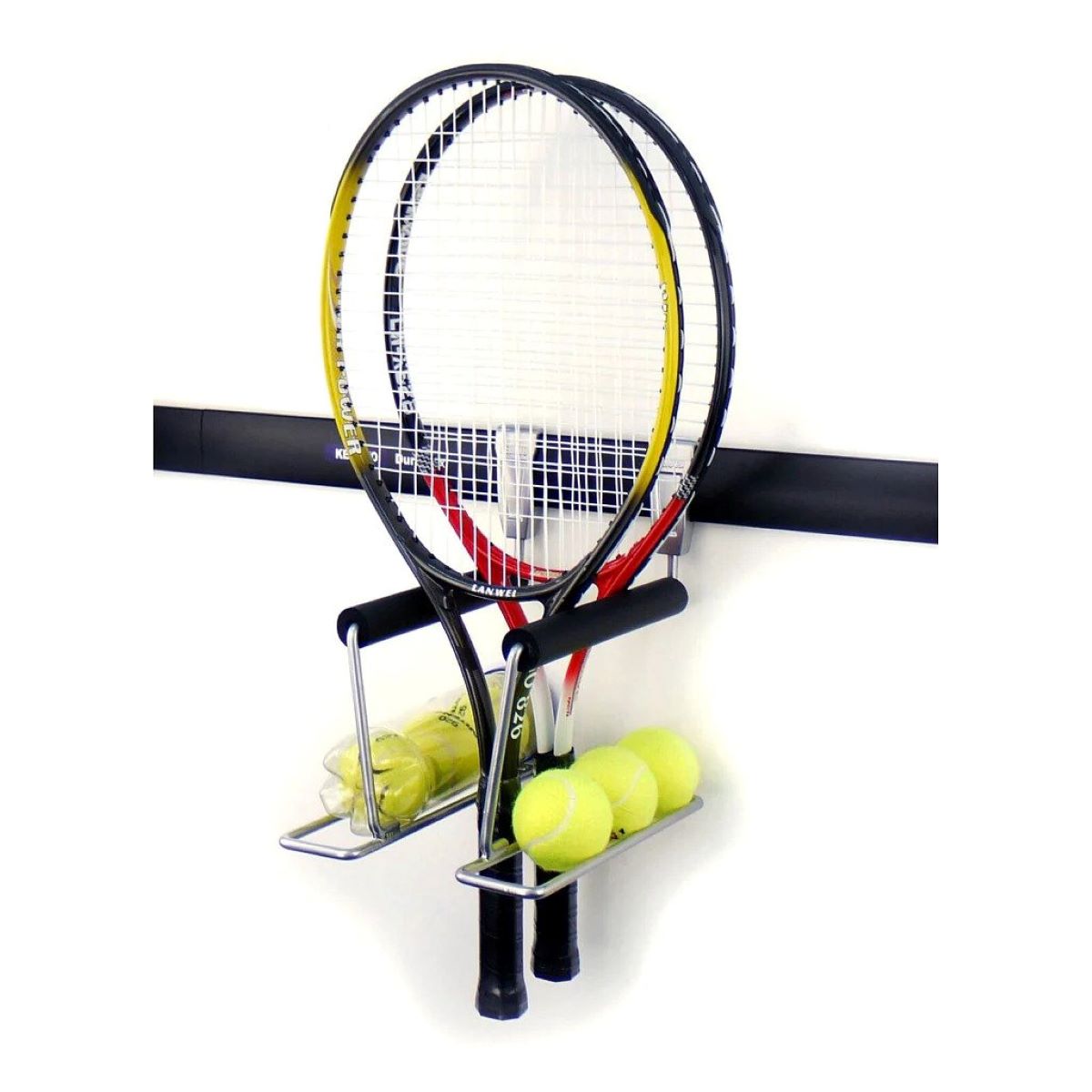
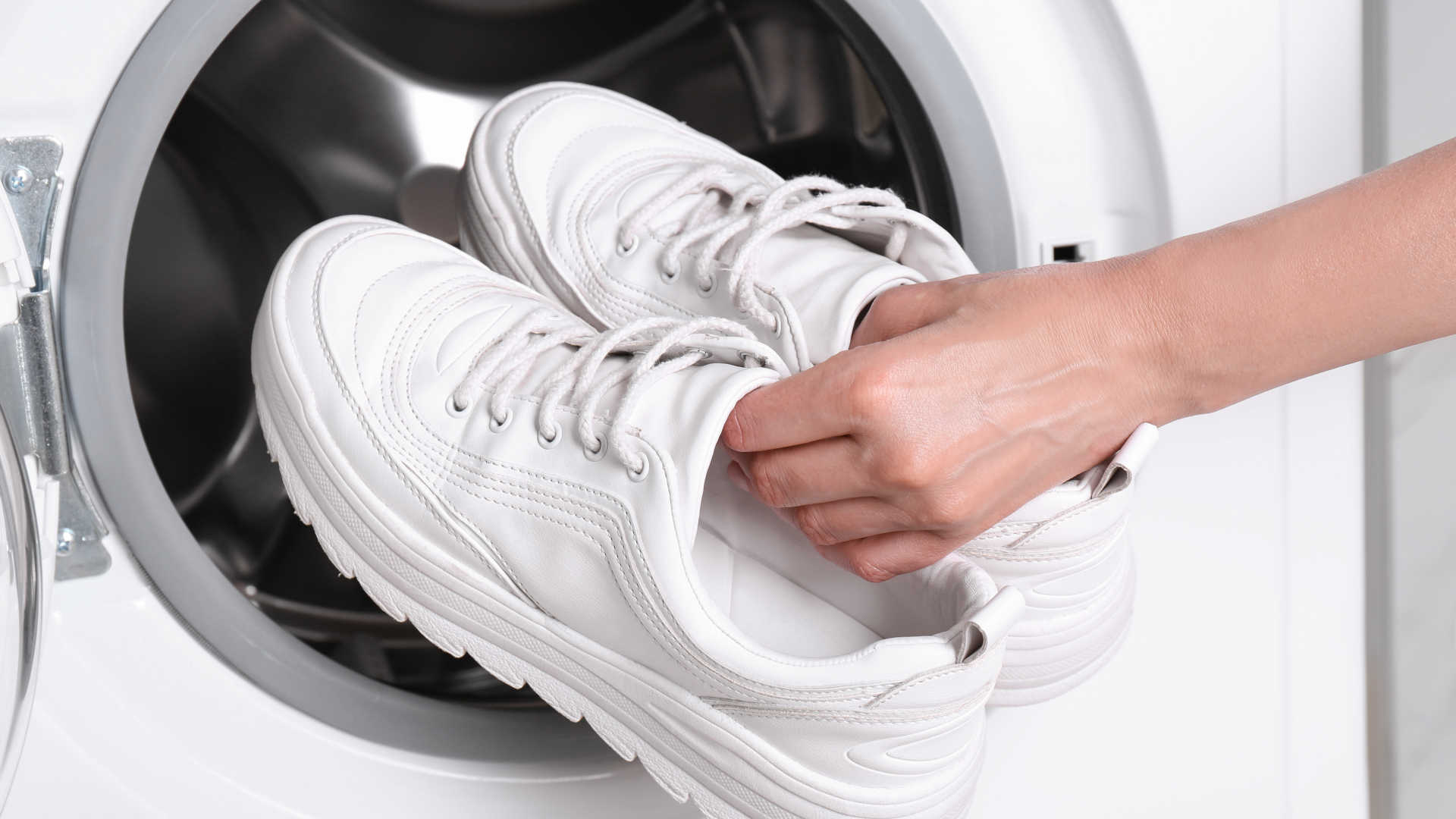
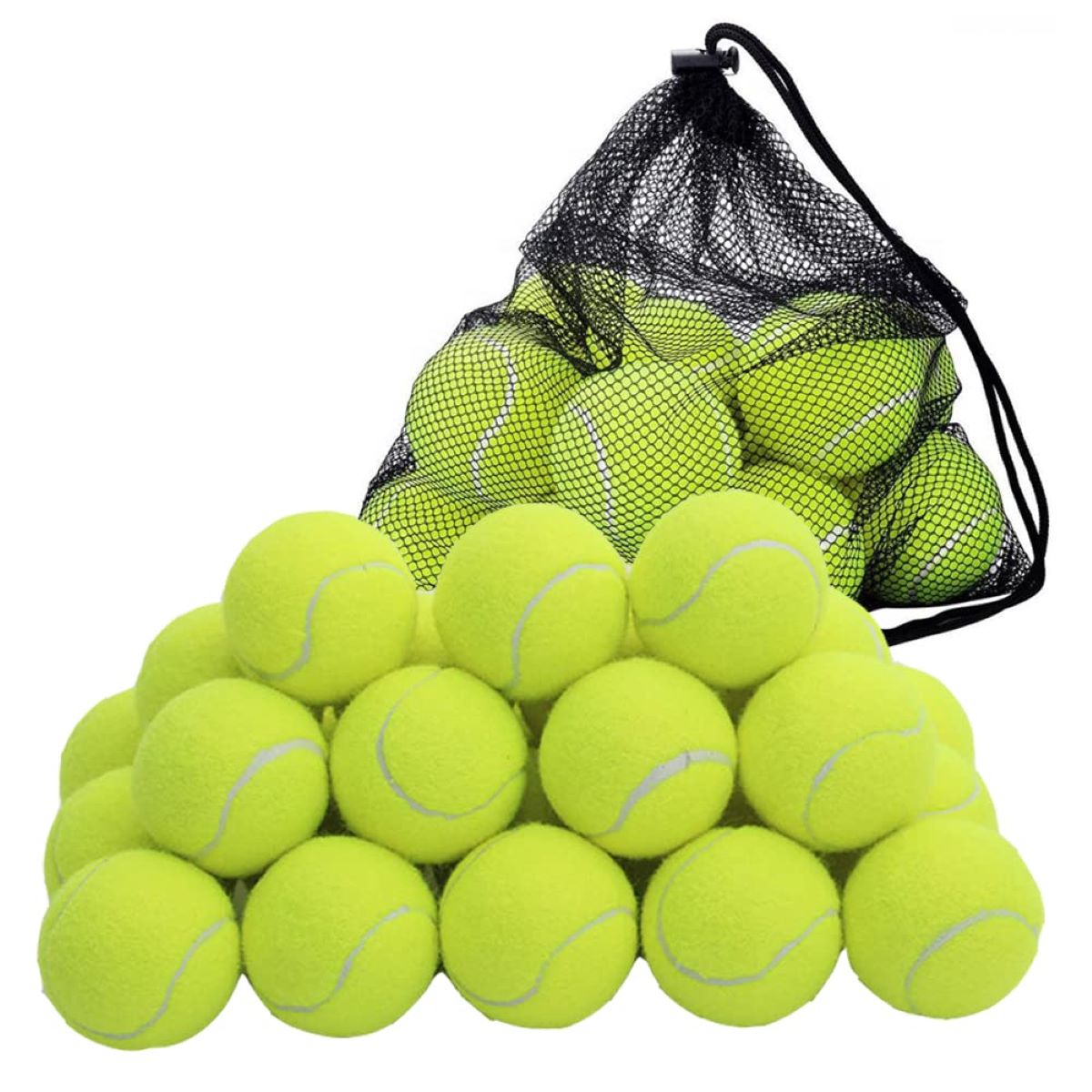
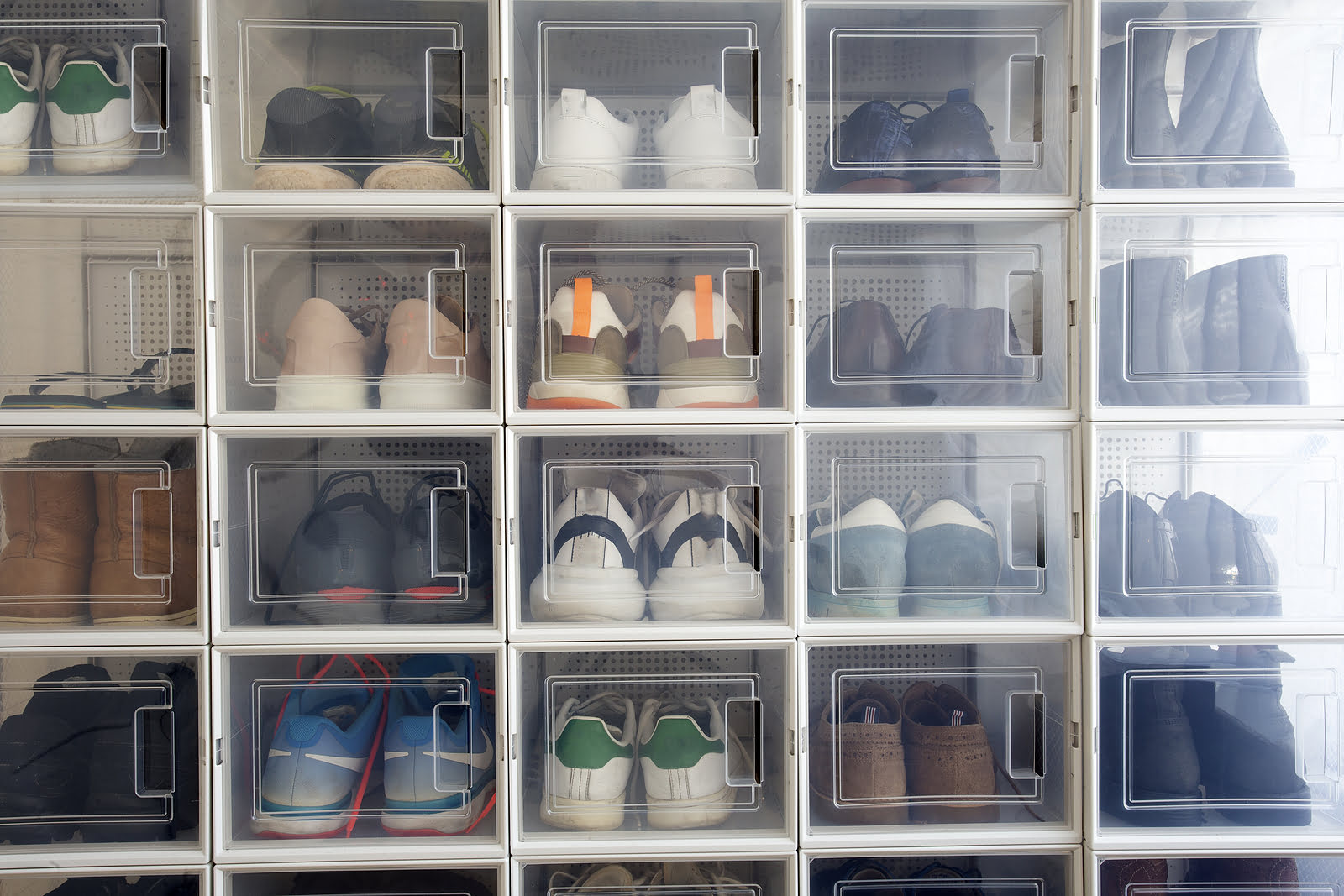
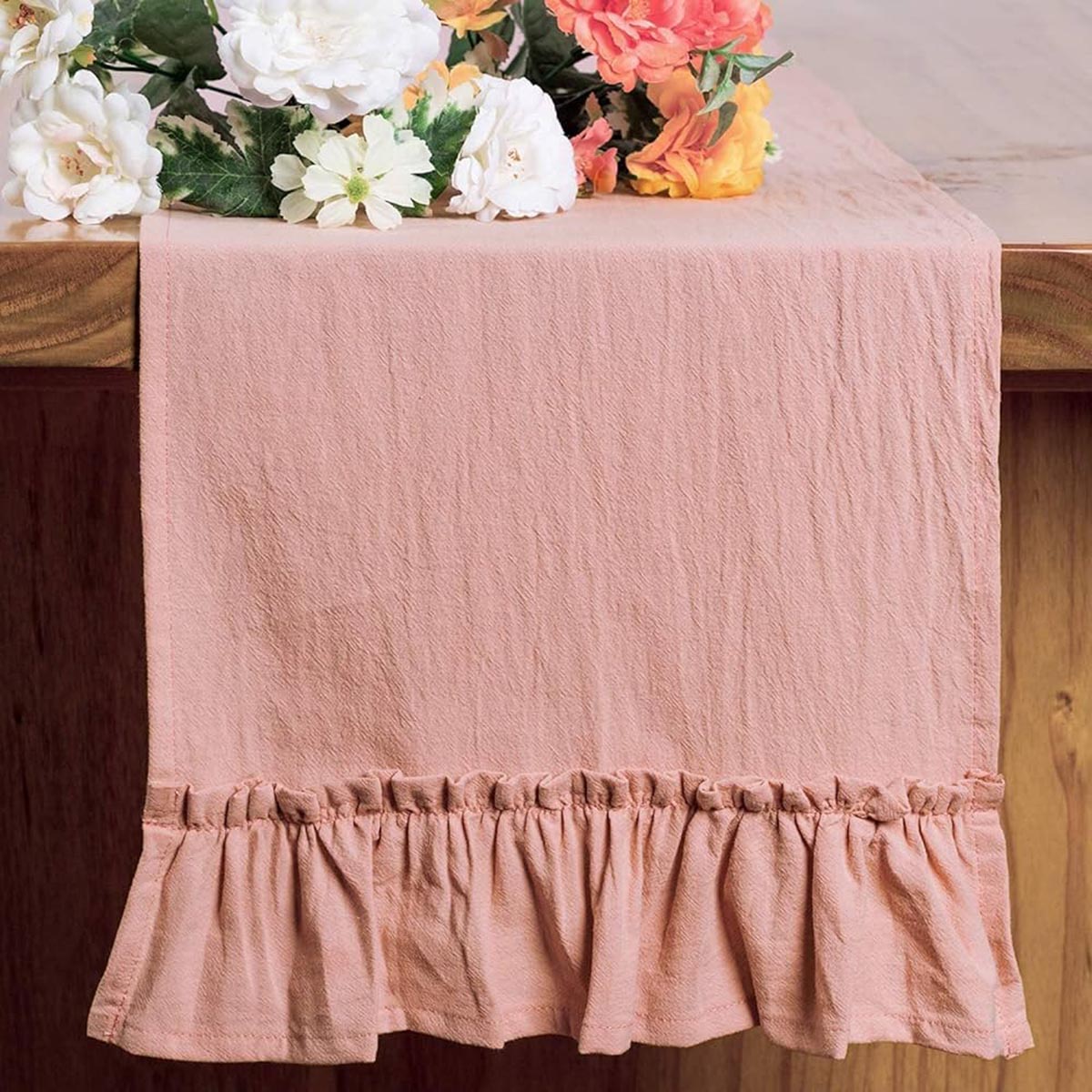
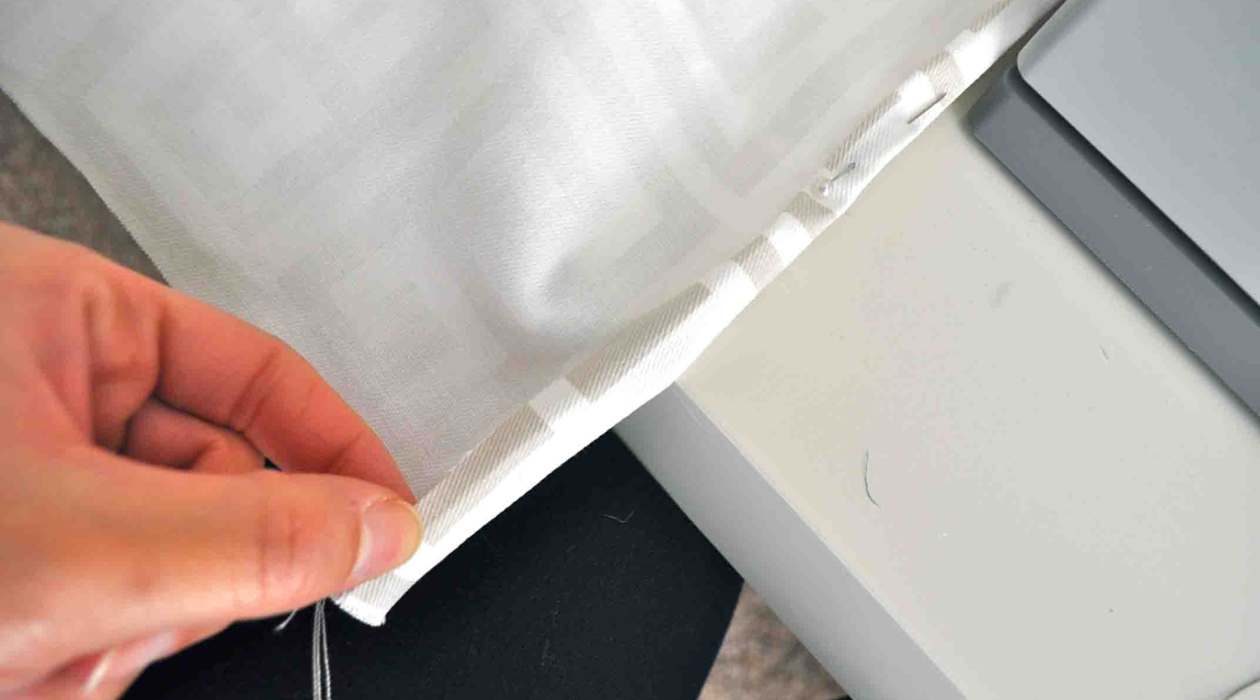
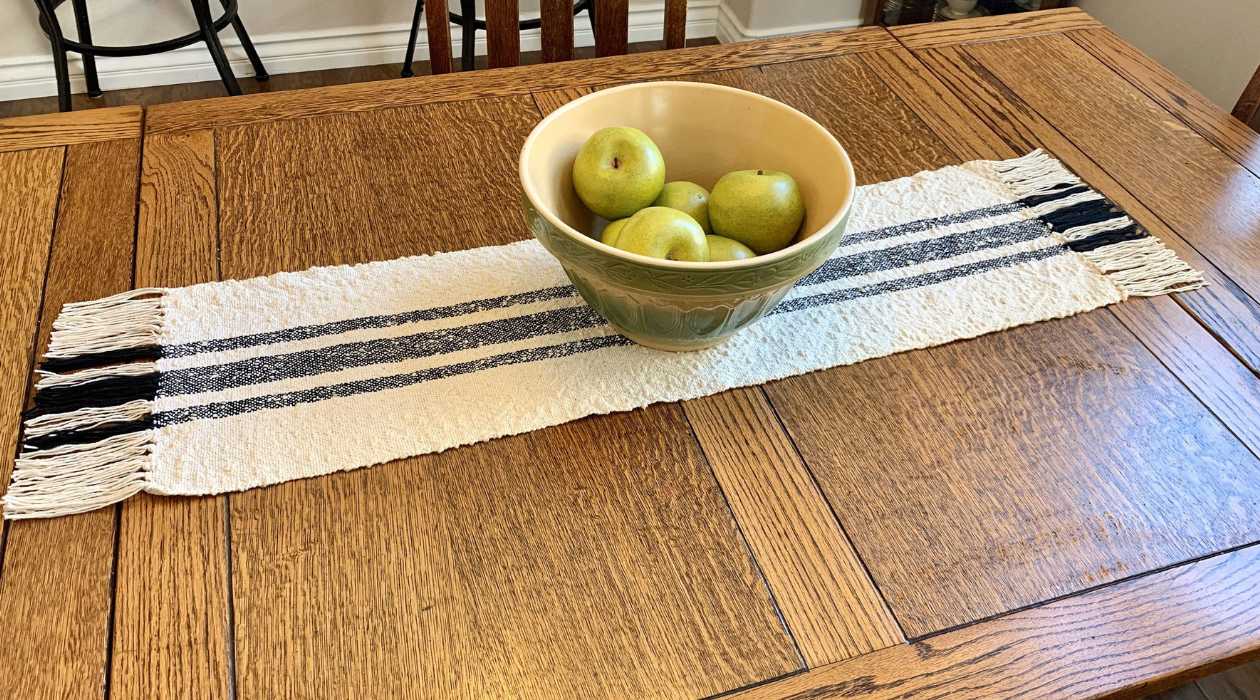
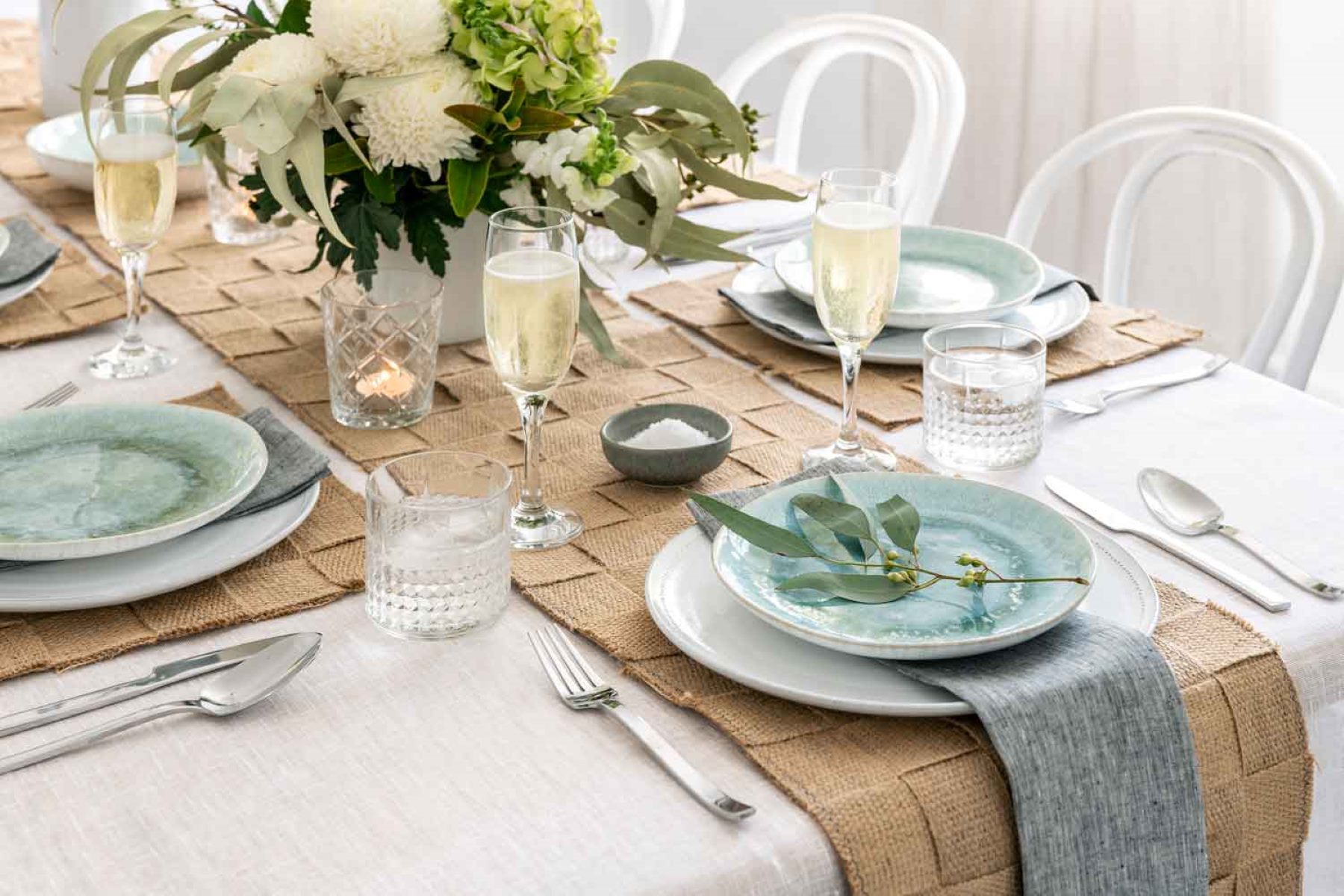
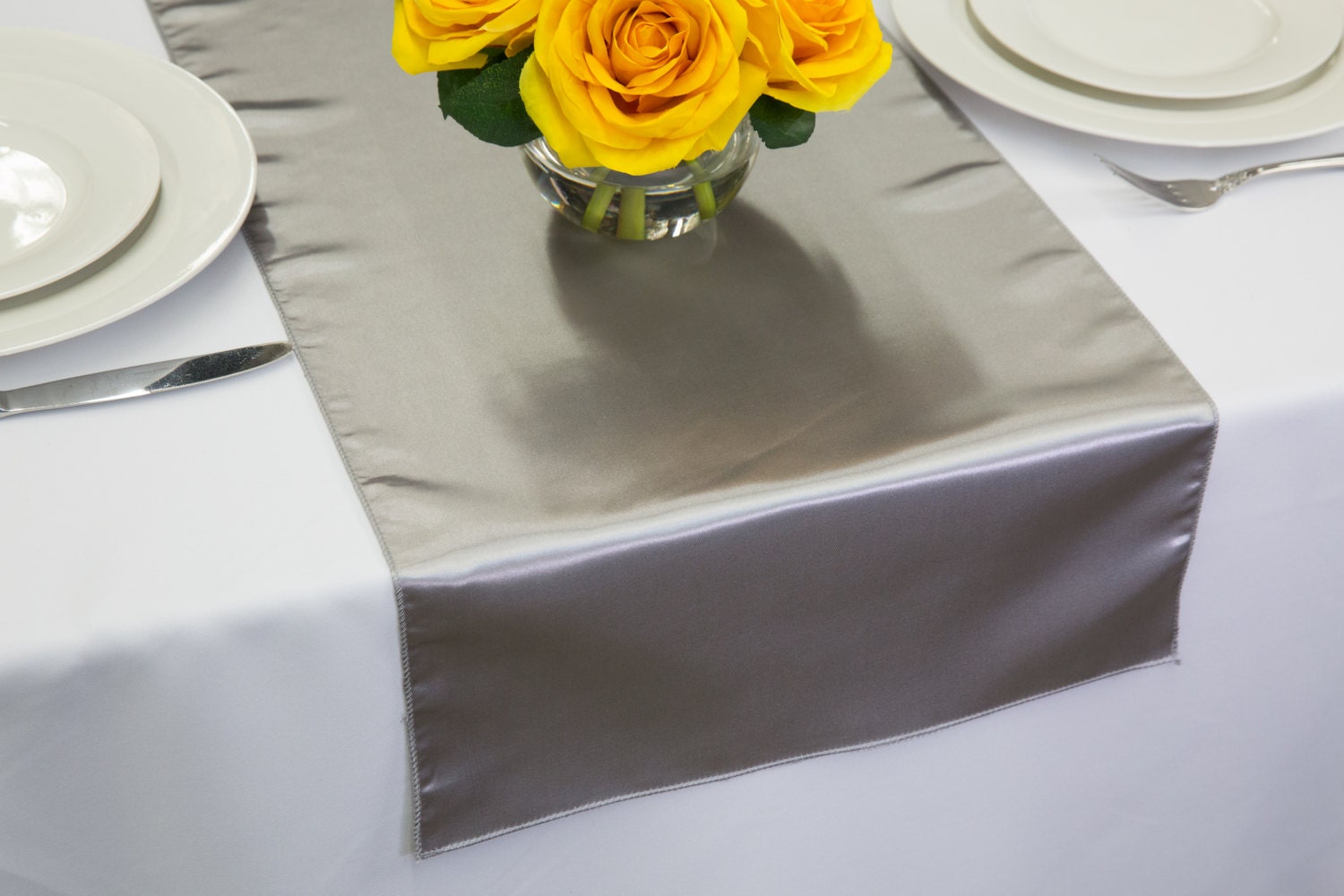
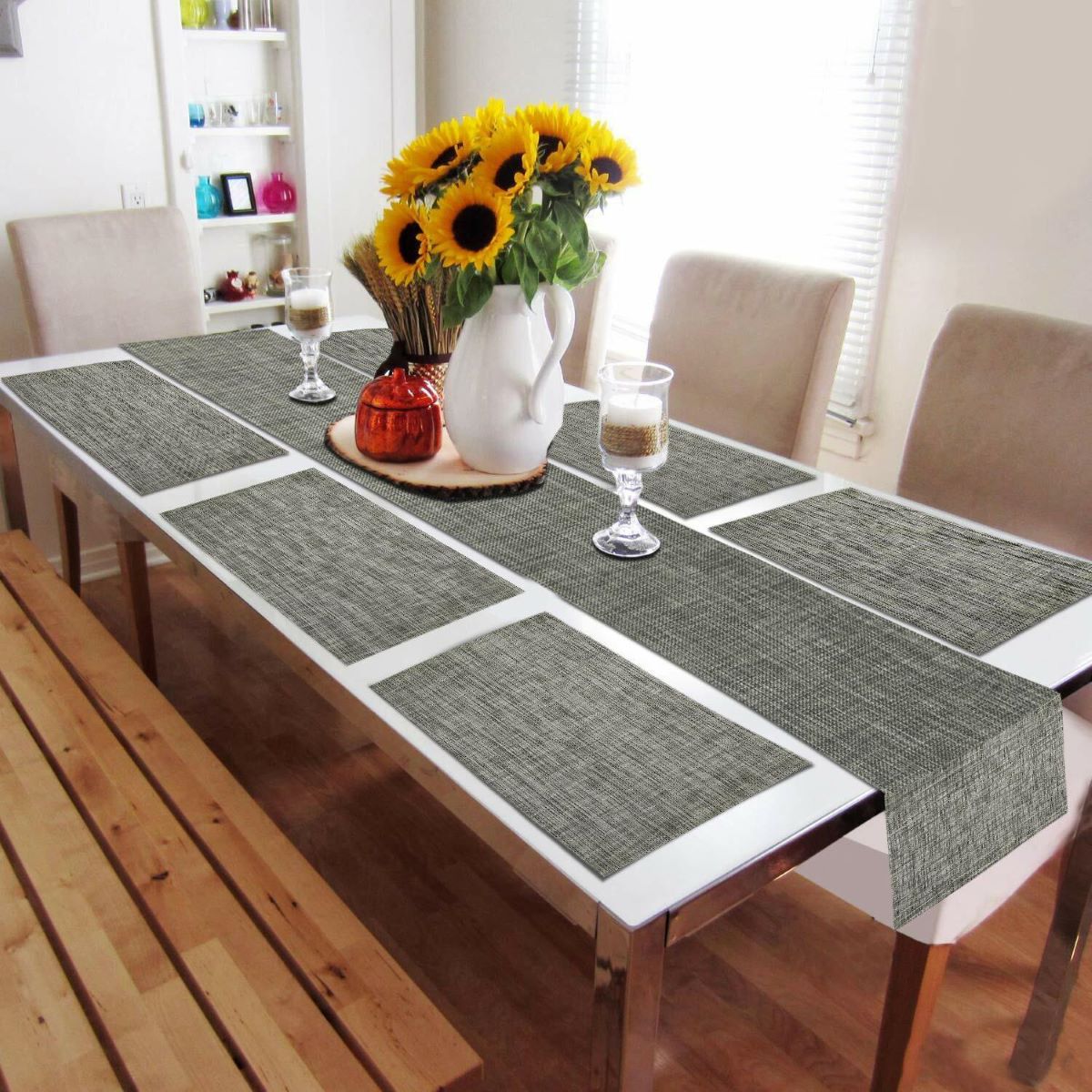
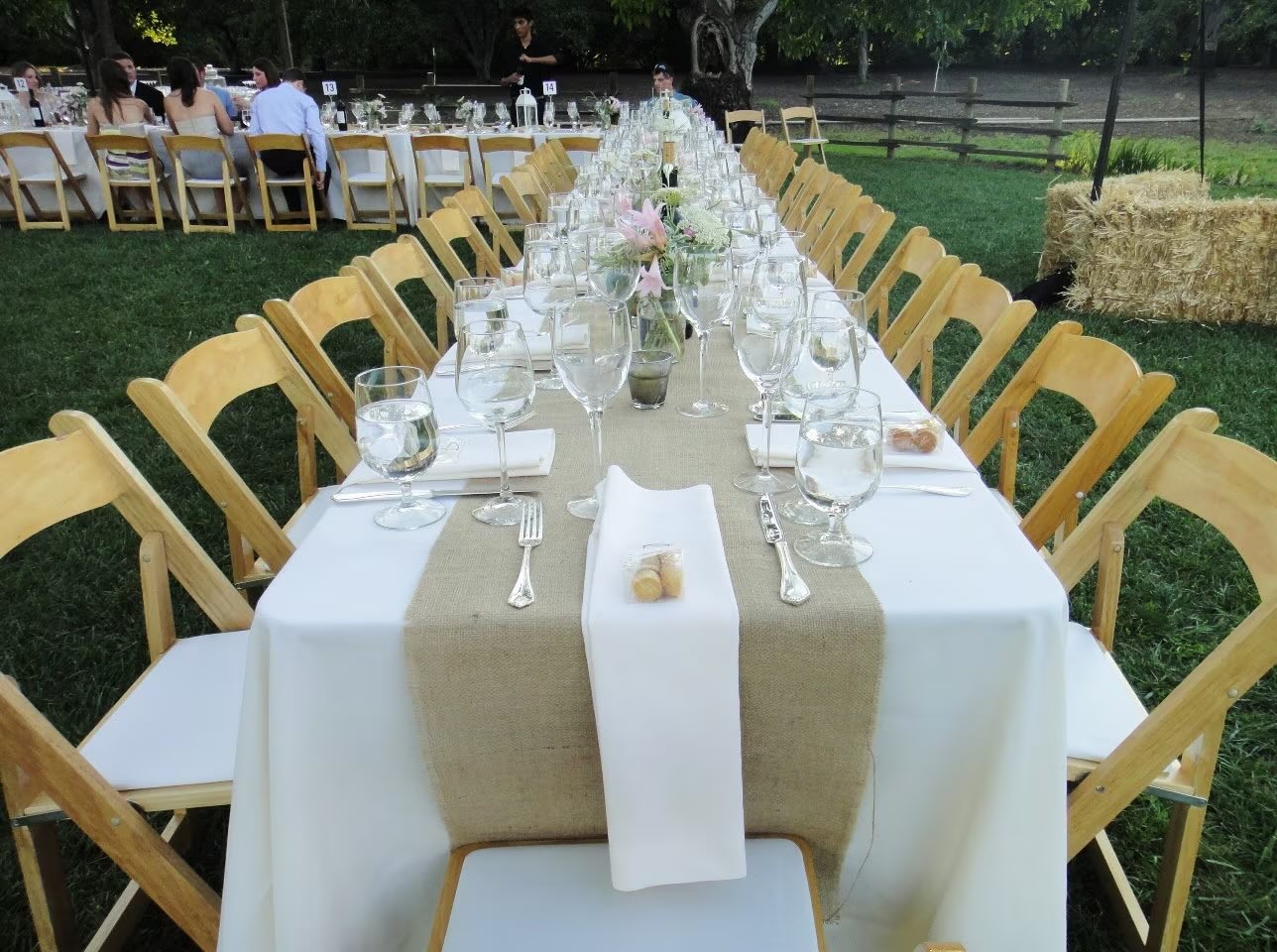
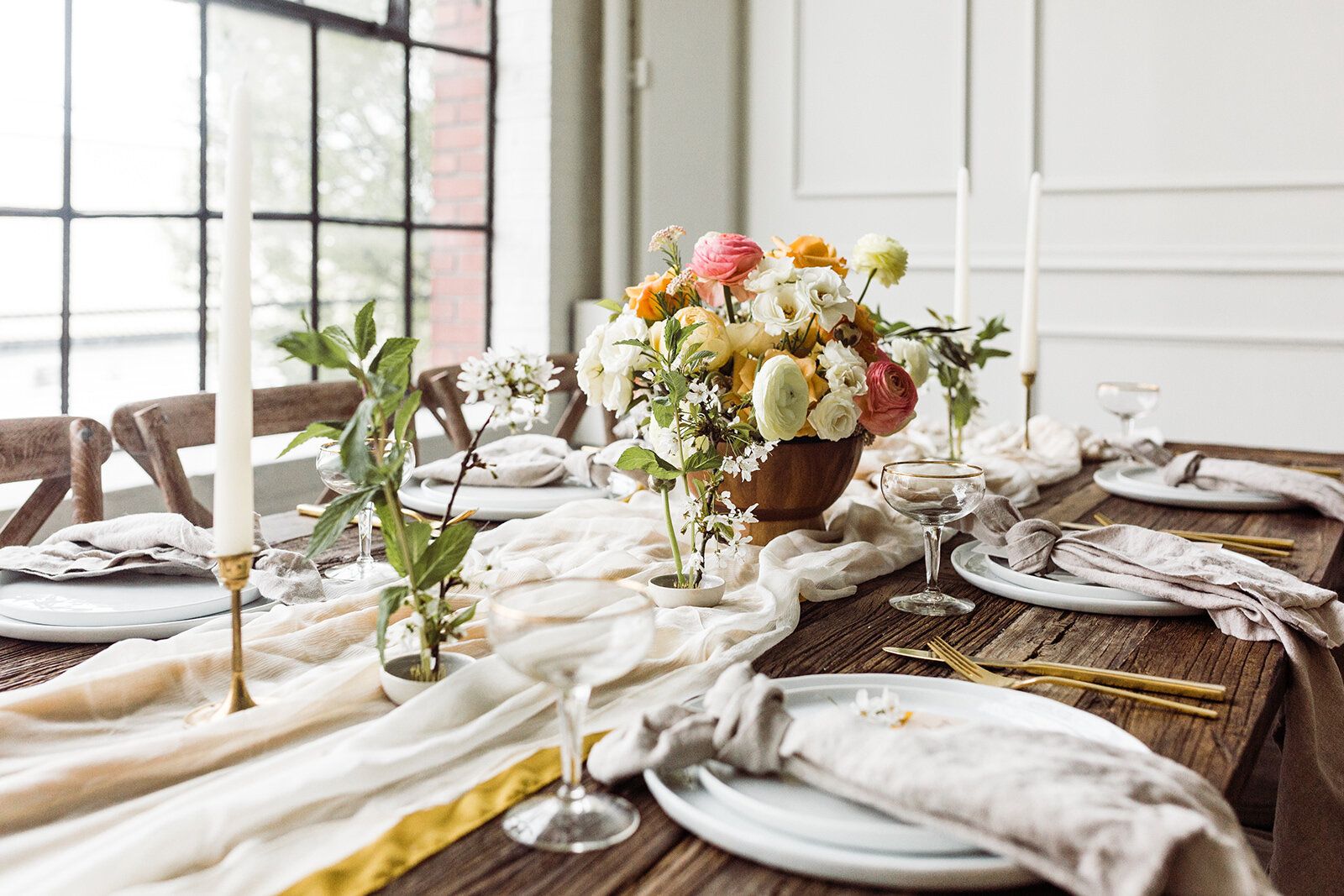
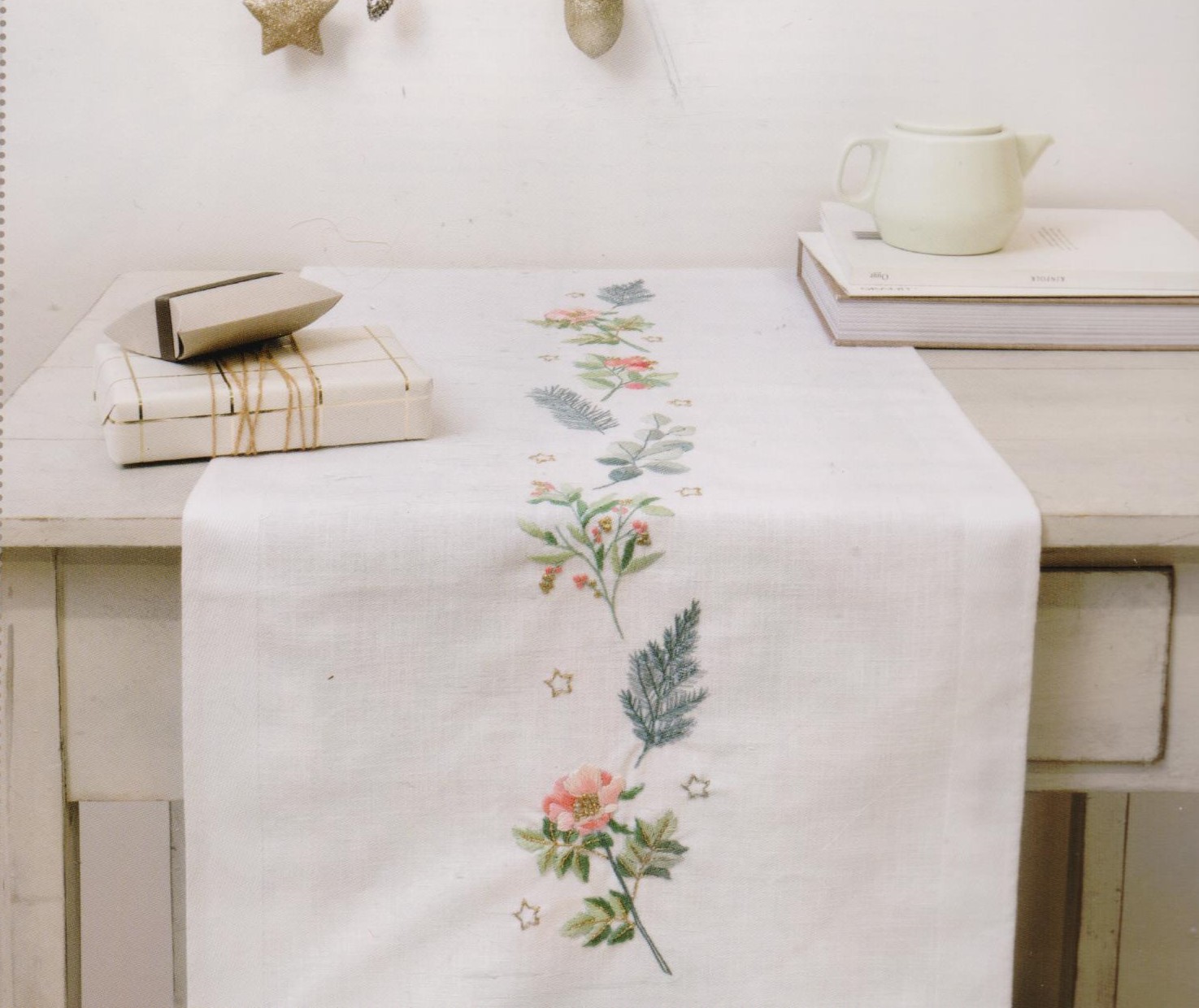
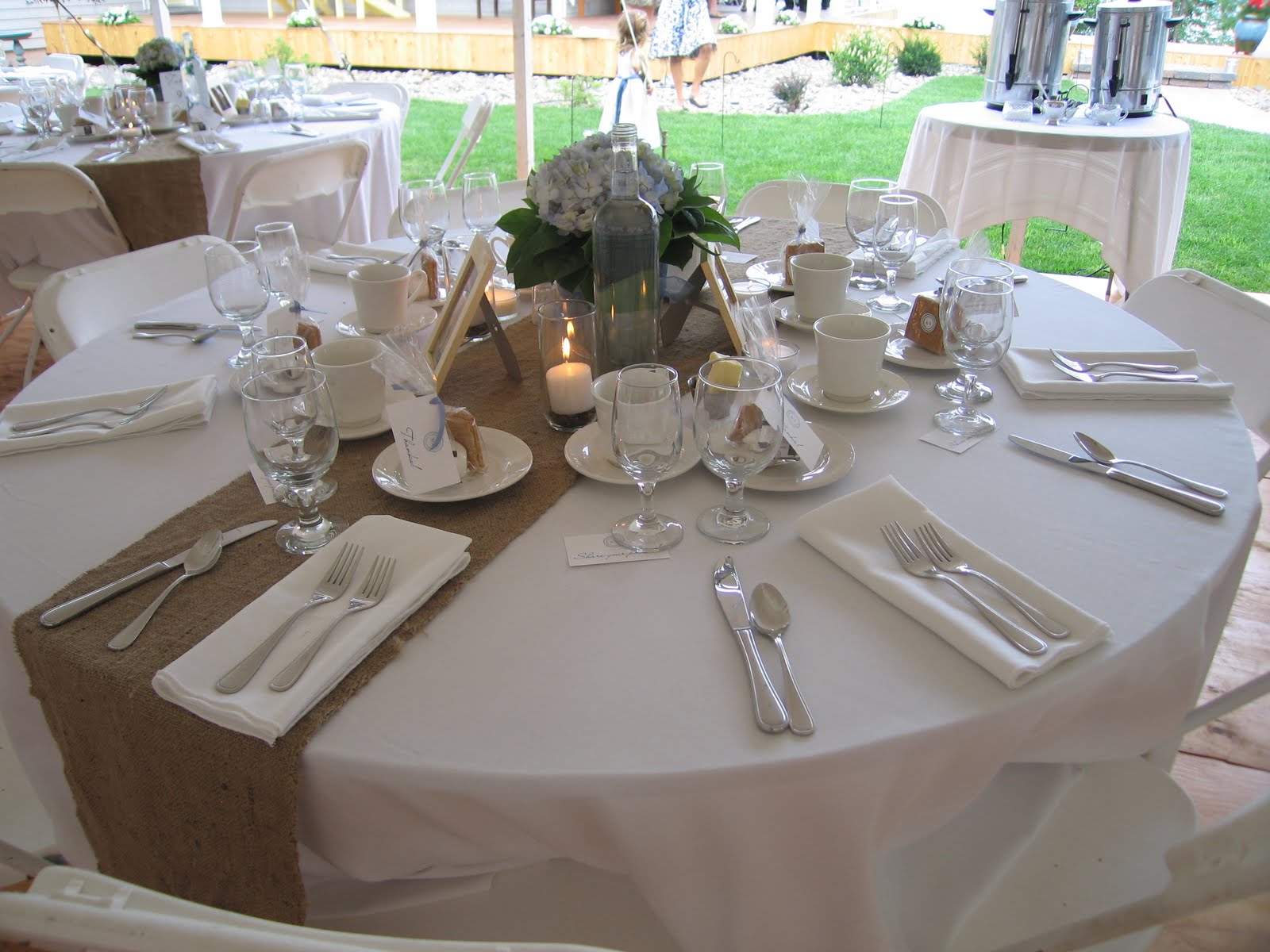

0 thoughts on “How To Store Table Runners”